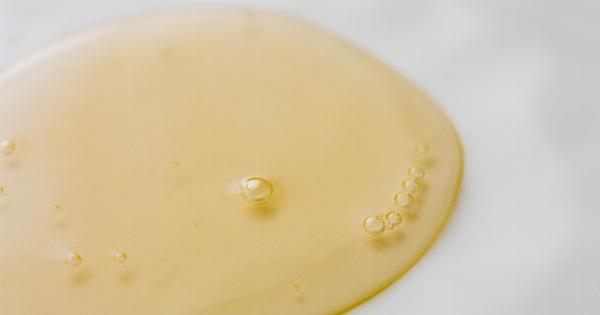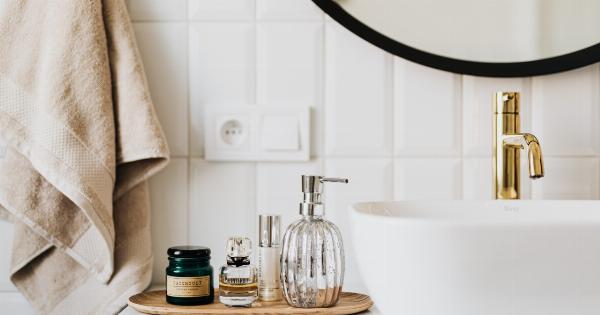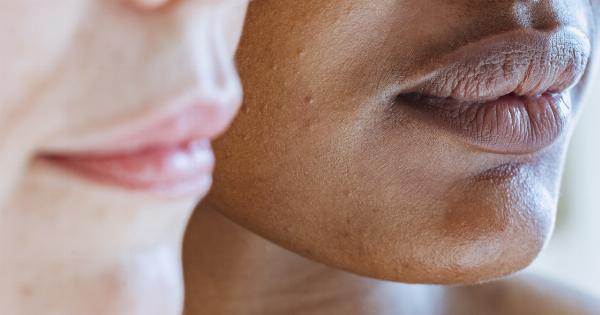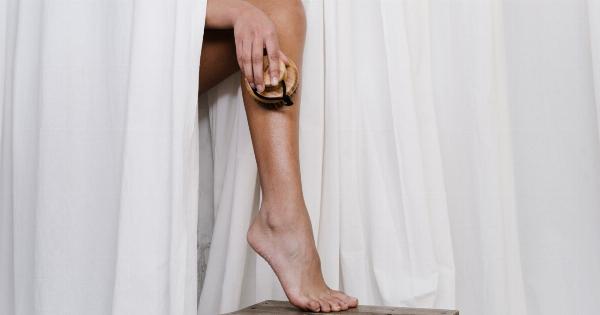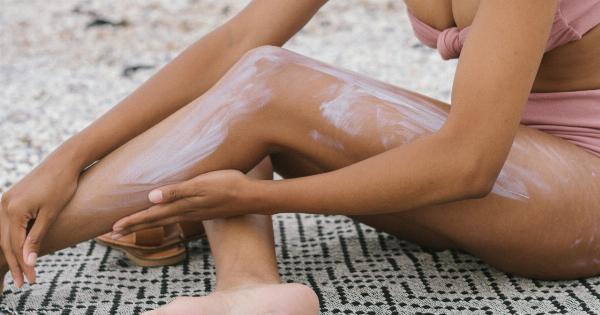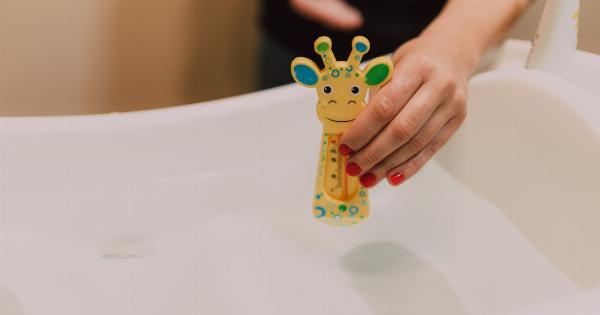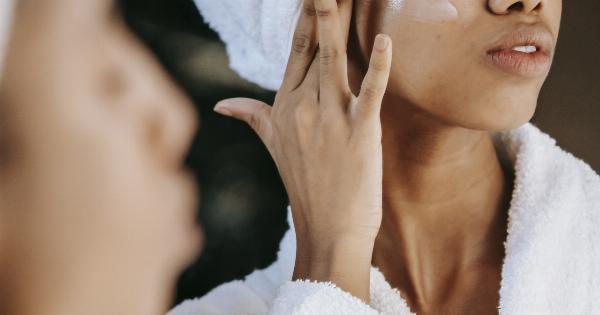Acne is a common skin condition that affects millions of people worldwide. While there are several factors that can contribute to acne, many people overlook the impact that their shower routine can have on their skin.
In this article, we will explore some of the most common shower mistakes that can lead to acne breakouts and offer tips on how to avoid them.
1. Hot Water
While a long, hot shower can be relaxing, it can also be detrimental to your skin. Hot water strips away the natural oils that keep your skin moisturized and protected.
Additionally, it can cause your blood vessels to dilate, leading to redness and irritation. Instead, opt for lukewarm water to cleanse your skin gently.
2. Over-Exfoliation
Exfoliating your skin can be beneficial in removing dead skin cells, but overdoing it can lead to irritation and breakouts.
Exfoliating too frequently or using harsh scrubs can disrupt the skin’s natural barrier, leading to inflammation and increased sebum production. Stick to exfoliating once or twice a week with a gentle scrub to avoid exacerbating acne-prone skin.
3. Using Harsh Cleansers
Many people believe that using a strong, harsh cleanser will help combat acne. However, this can often do more harm than good. Harsh cleansers can strip the skin of its natural oils, causing it to produce even more oil to compensate.
Look for gentle cleansers with ingredients like salicylic acid or benzoyl peroxide to effectively cleanse your skin without causing excessive dryness.
4. Not Changing Your Towel Regularly
Do you often reach for the same towel after each shower? If so, you may be transferring bacteria back onto your freshly cleansed skin. Dirty towels can harbor bacteria and other microorganisms that can cause acne breakouts.
Make it a habit to change your towel regularly, ideally after every few uses, to ensure you’re drying off with a clean and bacteria-free towel.
5. Rinsing Insufficiently
Properly rinsing off all traces of shampoo, conditioner, and body wash is crucial to prevent pore-clogging residue. Leaving any product on your skin can lead to irritation and acne.
Take the time to thoroughly rinse your face, hair, and body to ensure all the products are completely washed away.
6. Scrubbing Too Vigorously
A common misconception is that scrubbing your skin vigorously will remove acne-causing bacteria and unclog pores. However, aggressive scrubbing can actually damage the skin’s protective barrier and exacerbate acne.
Instead, use gentle circular motions with your fingertips or a soft washcloth to cleanse your skin without causing irritation.
7. Using Dirty Shower Accessories
Have you ever noticed a buildup of grime on your shower pouf or loofah? These accessories can harbor bacteria, mold, and other impurities that can transfer to your skin.
Make sure to clean and replace your shower accessories regularly to maintain good hygiene and prevent acne breakouts.
8. Prolonged Shower Time
Spending too much time in the shower may seem like a luxury, but it can actually strip your skin of its natural moisture and disrupt its pH balance.
Limit your showers to a reasonable length, around 10-15 minutes, to avoid excessively drying out your skin.
9. Using Heavy Hair Products
Hair products like oils, serums, and pomades can easily transfer onto your face and clog pores, leading to acne breakouts.
To prevent this, try to keep your hair away from your face while applying these products and opt for non-comedogenic or oil-free options that won’t clog your pores.
10. Not Moisturizing After Shower
After showering, it’s essential to replenish the moisture that was lost during the cleansing process. Skipping moisturizer can lead to dryness and trigger the overproduction of oil, resulting in breakouts.
Choose a non-comedogenic moisturizer suitable for your skin type and apply it while your skin is still slightly damp to lock in hydration.

